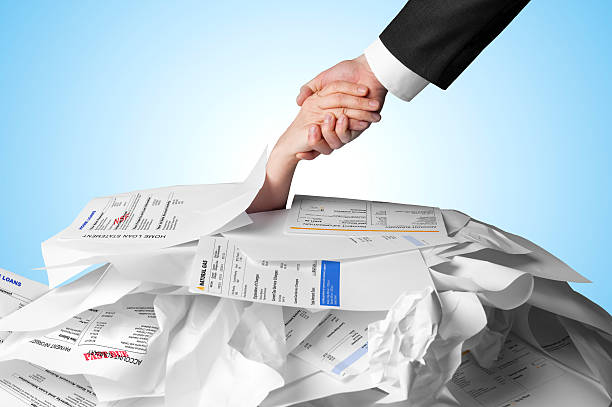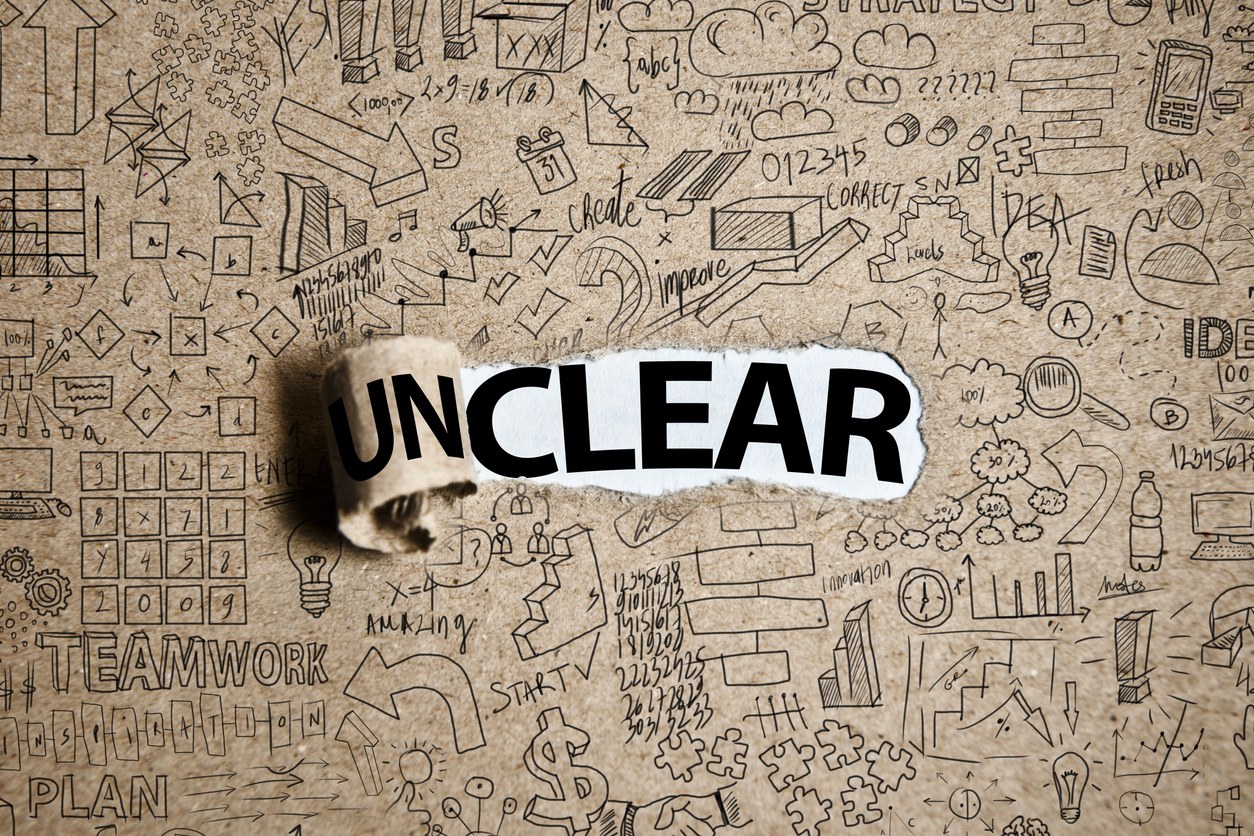When the weather turns ugly during Hurricane season, it is important to be prepared. As I write this blog, tropical depressions and Tropical Storm Hermine are on the radar. Not yet hurricanes, but policyholders must still be vigilant in protecting their property and being prepared. If the storms miss your property, at least you have peace of mind and know that the dress rehearsal went well. Storm updates happen 4 times a day, expect National Weather Service updates at 2am, 11am, 2pm, and 11pm.
Here are a few quick tips to consider when you are concerned about significant storm forces.
- Remember the Basics!
Food, water, shelter, and medication. This means making sure you have bottled water on hand, gas in the car, and a good supply of all your medications, and supplies for infants and animals. If you lose power for a few days, what will you need to stay safe and sound? Charge up your devices, have flashlights and batteries handy, and be ready with a radio. Here is the Red Cross checklist.
https://www.redcross.org/images/MEDIA_CustomProductCatalog/m4340160_Hurricane.pdf - Wind and flood are two different animals.
As Tropical Storm Hermine prepares to cross over North Florida starting late Thursday night, with the Big Bend region and the western coastline of Florida starting to be affected by Hermine later today, the winds are expected to be mild, but the deluge of water from rain and high tide overflows is something property owners in the area should consider for preparation purposes. And wind speeds can go to different directions–an increase or a decrease–so it is wise to be safe and protect your home family. Many counties are providing free sand bags. The information for many Florida counties is listed here:
http://wfla.com/2016/08/29/sandbags-offered-in-tampa-bay-ahead-of-storm/
Don’t drive down the flooded streets.
- Photos and Video
You can never take too many but take them when you are safe. It is important to document the condition of your property (all your property) before a storm and after (once it is safe). Upload to a safe and secure web location so these are never lost or misplaced. Adjusters will want photos but always save an original.
- NFIP
The National Flood Insurance Program has a Flood Insurance Claims Handbook that you can review online here: https://www.fema.gov/media-library-data/1409252356253-ee460a21e69333f01eea03a8f55eb3c6/F-687_ClaimsHandbook_508XI_Aug2014.pdf. The Handbook recommends that you have model numbers and serial number for large appliances and electronics.
- Contents
If the storm hits you, document the damage and mitigate the damage. But don’t throw things away! This is a major complaint by adjusters because they need to see what is damaged. A best practice is to notify the insurance company and do a follow up in writing. Tell them you have wet items, list them out in the email, and then tell them you are attempting to dry the property and get the water out to mitigate damages but you don’t want to remove items. Asking in writing how they want you to handle this delicate balance will protect you.



